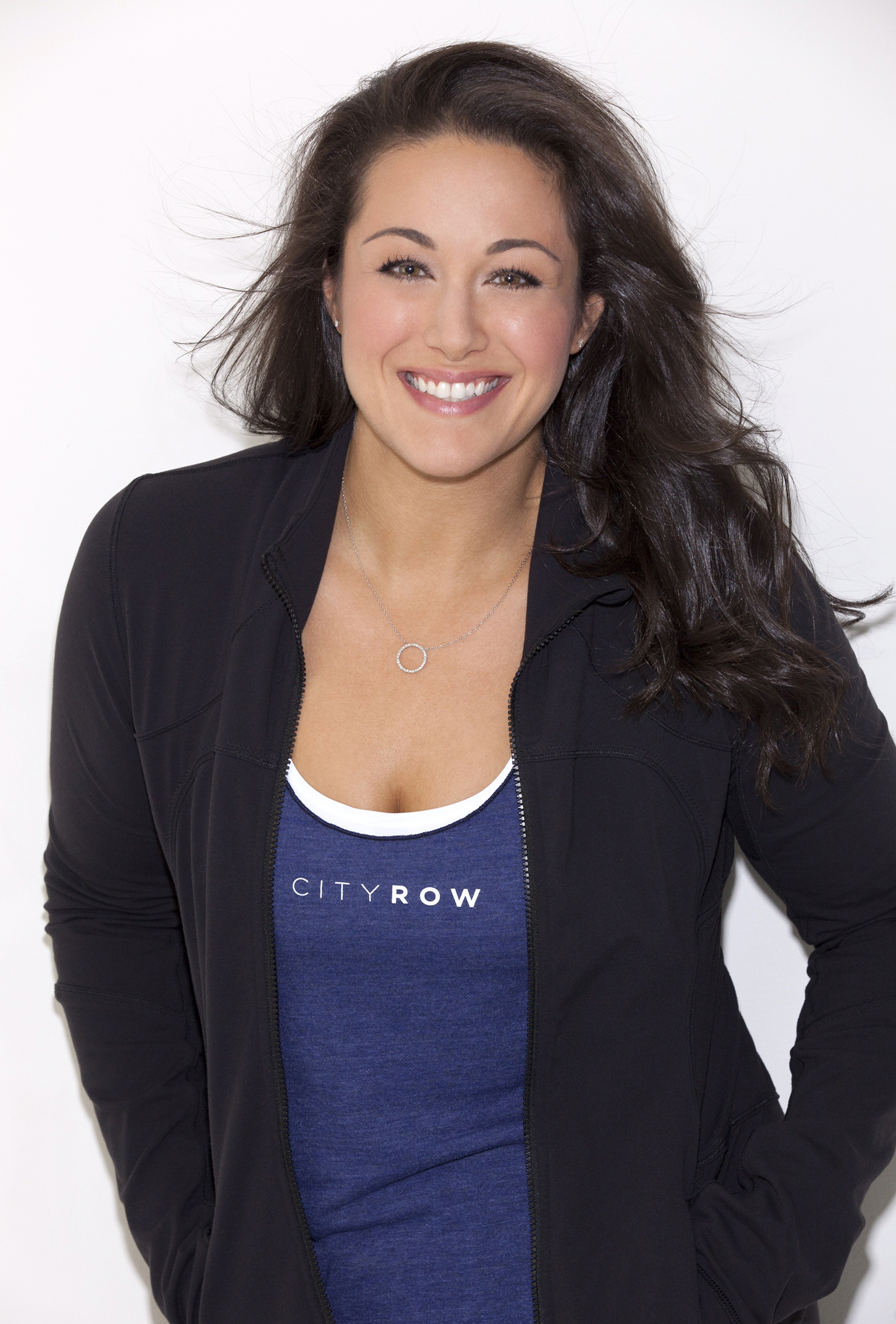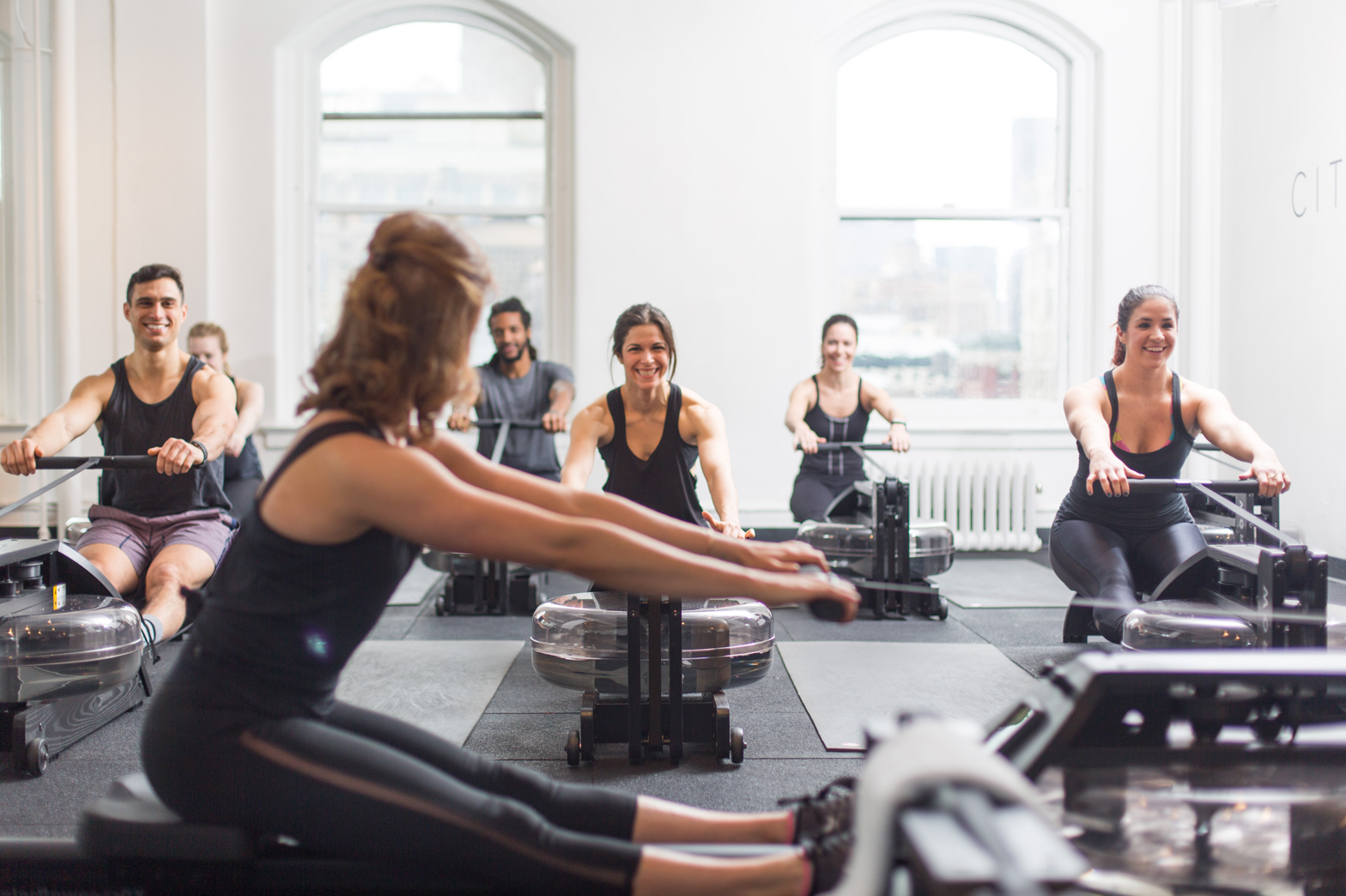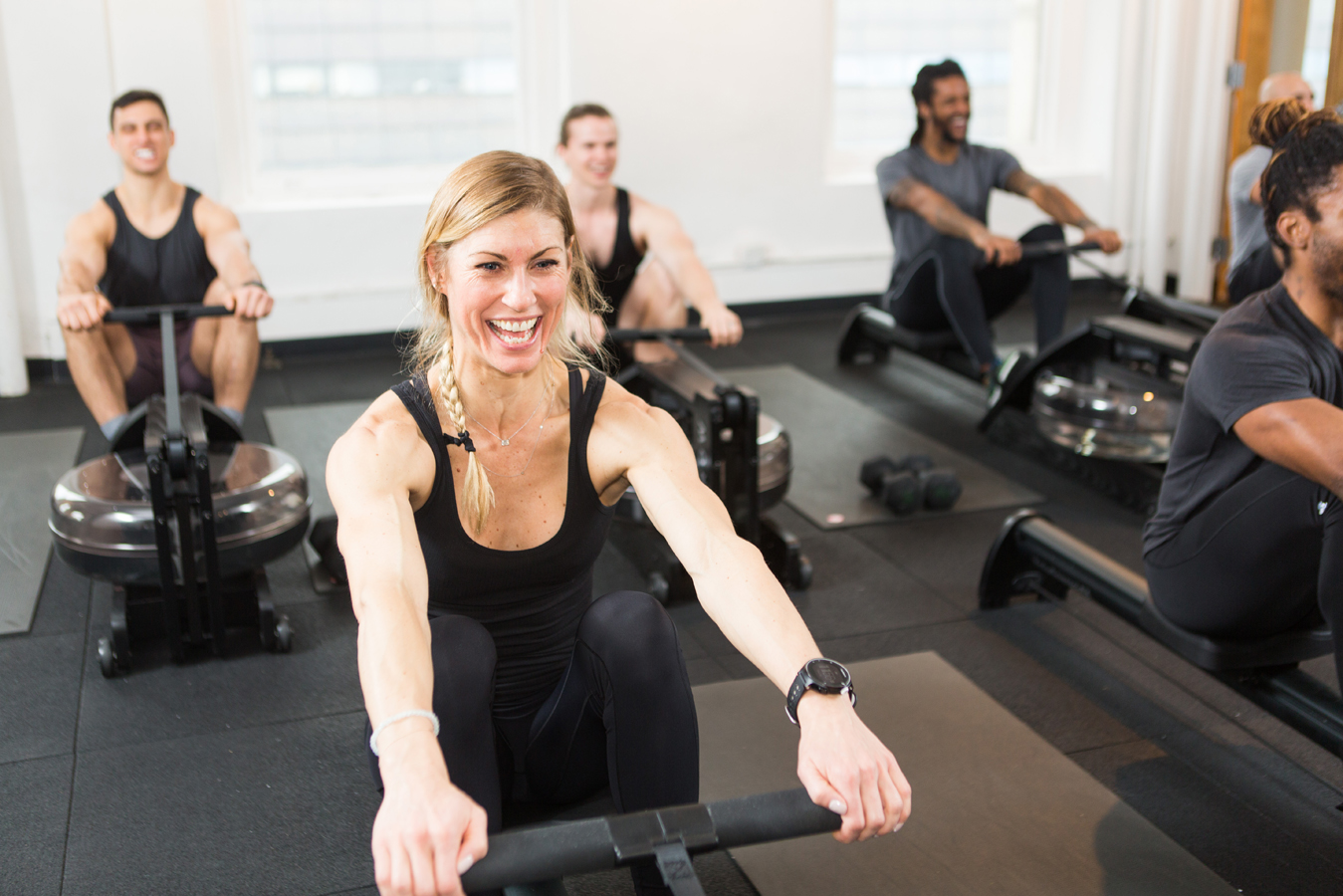
Knapp is on a mission to make rowing more fun and accessible for exercisers
How did CityRow come about?
When I was in my 20s, living in New York and working for a tech start-up, I fell in love with group fitness: spinning, bootcamps and the whole culture around it. As a social life it suited me much more to have a sweaty workout brunch, or dinner, rather than burgers and beers.
Then I got injured and was diagnosed with three herniated discs in my lower back. I needed surgery and the doctor ordered me to give up high impact workouts. I was gutted: exercise was my social life and stress relief. At the time, the only low impact workouts on offer were mat Pilates and that doesn’t work for me, because I like to really sweat and get totally gassed.
During my research, rowing kept coming up as a high intensity, low impact exercise, which torches calories. Initially it didn’t appeal – I’d never been a crew rower and assumed rowing was only something that Crossfit dudes did. However, since it kept coming into my world I decided to look into it, and then discovered there was a complete lack of opportunities for indoor rowing.
I couldn’t understand why, if it was such a good form of exercise – working 84 per cent of muscles – there were no boutique rowing clubs. Rowing needed a makeover and I decided I was the one to do it, bringing it into the mainstream and making it accessible and fun.
How did you go about making your vision a reality?
To start with, I had to find the right equipment. I thought rowers were ugly, metal machines, but fell in love with the Water Rower, which is beautiful. Made out of wood, it uses water for resistance.
Next up, I needed to create a programme. Most people find rowing for an hour boring, so I wanted to build a HIIT workout, where they are on and off the machine doing strength and mobility exercises as well. I enlisted the help of an old friend and well known group fitness trainer, Annie Mulgrew, to build the programme. It’s a smart, effective workout, which is results driven, but doesn’t take its toll on the body. The goal was results today – body for life.
From ideation to launch, in January 2014, took about 18 months and I didn’t quit my job until the day we opened. The best advice I received was to keep making decisions to move the business forward, so there wasn’t just one day when I decided to make a go of it.
"I couldn’t understand why, if it was such a good form of exercise – working 84 per cent of muscles – there were no boutique rowing clubs. Rowing needed a makeover and I decided I was the one to do it, bringing it into the mainstream and making it accessible and fun"
To start with I looked at the numbers, then I set up a website to assess demand, then the press caught on and I started talking to investors. All the time I was looking for locations – real estate was the biggest challenge and to this day continues to be the biggest challenge for our franchisees, or indeed anyone starting a retail concept!
What is the membership model?
Membership varies according to the package and tier, so between US$100 (£77, €87) and US$300 (230, €262). Individual classes cost US$32 (£25, €28).
Who does it appeal to and did the market need educating?
We opened with no marketing. Because it was a brand new concept, people were talking about it and the press were interested and the strength of the product kept people coming back.
Scaleable programming is really difficult to offer, but our classes are genuinely challenging for a mix of abilities, so they are all equally suitable for triathletes and my mum. We also attract a lot of millennials and a higher proportion of men than most boutiques. Some classes have a 50/50 split.
How have you grown since then?
We now have three clubs, two in Manhattan and one in Michigan, which we co-launched with a franchising partner. Further to this, there are 40 more franchised clubs across the US, but we’re ready to expand overseas and are getting a lot of enquiries from London.
Last year was all about setting the path forward and this year will be all about growth and execution, with plans to open 20 more locations across the country from LA to Florida.
As well as creating the franchise package in 2018, we launched Cityrow Go – an app that allows people to join in at home and track their data. It costs US$1,395 (£1069, €1218) for the rower and US$19 (£15, €17) a month for classes or US$180 (£138, €157) a year.
Have you inspired copycat fitness concepts?
For sure. People come from all over the country take a class and then take it back to their own market. They say imitation is a compliment, but I’d be lying if I didn’t admit to finding it annoying when they copy everything from the programming to the website copy, word for word. However, I’m lucky that I have an amazing creative team and we’re at the forefront. Like SoulCycle, we’ve created a concept that others want to copy.

The introduction of HIIT to rowing classes has increased the enjoyment

A CityRow class is upbeat, low impact and torches calories